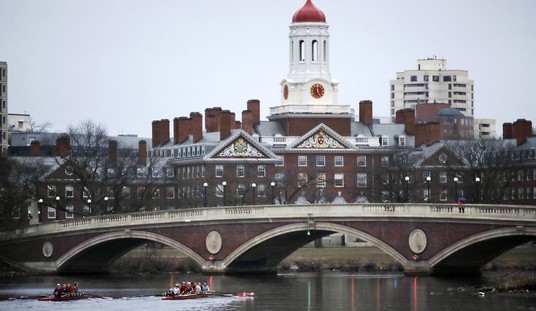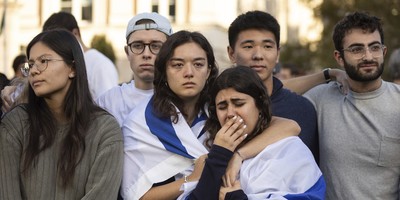Despite being one of the most popular filmmakers of the modern era, Steven Spielberg has only written two of the films he directed: "The Sugarland Express" and "Close Encounters of the Third Kind." Shortly after the success of "Close Encounters," Spielberg set about writing a horror themed sequel called "Night Skies." While the film never came to pass, several elements were incorporated into future Spielberg projects, most notably "E.T." and "Poltergeist." Since both films went into production at the same time and a clause in Spielberg's contract with Universal didn't allow him to direct another film for a different studio at the same time, the director's chair was passed to Tobe Hooper, at that point best known for "The Texas Chainsaw Massacre." Let's see if a master of whimsy can click with a man who made a movie about redneck cannibals.
A suburban family moves into a new house. While at first things seem fine, their youngest daughter starts talking to the TV static, chairs start moving on their own and they find out that their house is host to a throng of evil spirits.
The characters in the family themselves are pretty bland with no strong personalities or anything that memorable about them. They're just there for the purely narrative function of being "The Family." However, that's sort of the idea. You're meant to insert yourself into their position, imagine that it's your family in that situation.
That being the case, you'd think that the acting wouldn't be worth mentioning. However, much of the adult cast is able to squeeze out a good performance. The highlight is probably Zelda Rubinstein as Tangina Barrons, a psychic brought in to help the family. Rubinstein's unique screen presence and endearing appearance serves her well in portraying the eccentric medium.
The visual effects are a mixed bag. The use of then-new blue screen effects haven't aged well. At one point, an object is supposed to be floating in front of somebody's face. The person slaps at it and their hand goes right through the object. However, the practical effects provide some of the best moments of the film. One highlight is a scene where somebody's face is literally melting off of their skull. The gore is impressively convincing.
Despite these few chilling moments and an impressive climax, however, the film didn't frighten me as much as I had hoped. This is a bit of an issue for a horror movie, as to scare you is, indeed, its only job. I considered that it might be because they didn't have the technology necessary to make a truly terrifying movie. Or maybe it's a generational byproduct; in my time, horror movies have continued to raise the bar of shock and disgust, utilizing new technology to create a sense of atmosphere and oppression. Just the basic advantage of being able to grade color can help seal a certain tone. Perhaps this technological evolution is what's holding the film back.
Recommended
"Wait, that can't be," I thought to myself, stroking my embarrassingly bald chin. "John Carpenter's 'The Thing' came out the exact same year and that's still one of the scariest films I've ever seen." Perhaps the intent with "Poltergeist" was to make it more accessible in the same way a haunted house attraction is more accessible than a witch gathering. It is meant to shock and scare, but not necessarily to terrify.
The film isn't as restricted by cultural context as other films we've looked at on "(Re)visiting A Classic." There's nothing about the politics or societal concerns of 1980s America that effects the plot in a meaningful way. And if there is, I'm too detached from the culture of the time to spot it. It's just trying to be a horror film to scare people, rather than a horror film to explore societal evils or dark corners of the human mind.
In the pantheon of classic horror films, "Poltergeist" is fine enough. The incredible practical effects work to deliver some excellent visuals and scares and the climax is a barrage of morbid creativity and ambition. This might be the closest the horror genre will ever get to a gateway drug for potential fans, as it's just scary enough to frighten without chasing people away. If you've never seen a horror film before, "Poltergeist" would be the recommended starting point.























Join the conversation as a VIP Member